Delving into the nuances of plant nutrition, researchers have discovered that the form of nitrogen intake profoundly affects the efficiency of photosynthesis in plants. This pivotal finding sheds light on how plants process and utilize nitrogen, offering critical insights for enhancing crop productivity and optimizing nitrogen use in agriculture.
Tag: Nitrogen
Synchrotron-Based Imaging Techniques Enhance Understanding of Soybean Nodule Structures for Improved Nitrogen Fixation Efficiency
A research team used synchrotron-based X-ray microcomputed tomography (SR-μCT) to non-invasively obtain high-quality 3D images of fresh soybean root nodules, quantifying the volumes of the central infected zone (CIZ) and vascular bundles (VBs).
Decoding apples: nitrogen’s role in shaping fruit sugar content
Delving into the genetic underpinnings of fruit sweetness, researchers have discovered a novel regulatory mechanism in apples. The study spotlights MdbZIP44, a transcription factor that modulates starch and sugar metabolism in response to nitrogen levels, offering a genetic strategy to enhance fruit quality and potentially revolutionize the horticulture industry.
Root microbes may be the secret to a better tasting cup of tea
You’d think the complex flavor in a quality cup of tea would depend mainly on the tea varieties used to make it.
Research Finds Water Quality in Gulf of Mexico Improves When Adding Social Costs to Carbon Emissions
Research led by the University of New Hampshire took a closer look at what would happen to agriculture if there was an extra cost, or so-called social cost, added to fossil fuels, which are essential for making fertilizer used in farming.
Organic nitrogen aerosol is an important contributor to global atmospheric nitrogen deposition
This study, led by Dr Yumin Li of Southern University of Science and Technology (SUSTech), was a collaboration between Professor Tzung-May Fu’s team at SUSTech and Professor Jian Zhen Yu’s team at Hong Kong University of Science and Technology (HKUST).
Study Clearly Identifies Nutrients as a Driver of the Great Atlantic Sargassum Belt
Under normal conditions, the floating macroalgae Sargassum spp. provide habitat for hundreds of types of organisms. However, the Great Atlantic Sargassum Belt (GASB) that emerged in 2011 has since then caused unprecedented inundations of this brown seaweed on Caribbean coastlines, with harmful effects on ecosystems while posing challenges to regional economies and tourism, and concerns for respiratory and other human health issues.
Reduced Nitrogen Oxide Emissions from Industrial Vehicles Ahead
A new discovery by PNNL researchers has illuminated a previously unknown key mechanism that could inform the development of new, more effective catalysts for abating NOx emissions from combustion-engines burning diesel or low carbon fuel.
How much nitrogen does corn get from fertilizer? Less than farmers think
Corn growers seeking to increase the amount of nitrogen taken up by their crop can adjust many aspects of fertilizer application, but recent studies from the University of Illinois Urbana-Champaign show those tweaks don’t do much to improve uptake efficiency from fertilizer. That’s because, the studies show, corn takes up the majority of its nitrogen – about 67% on average – from sources occurring naturally in soil, not from fertilizer.
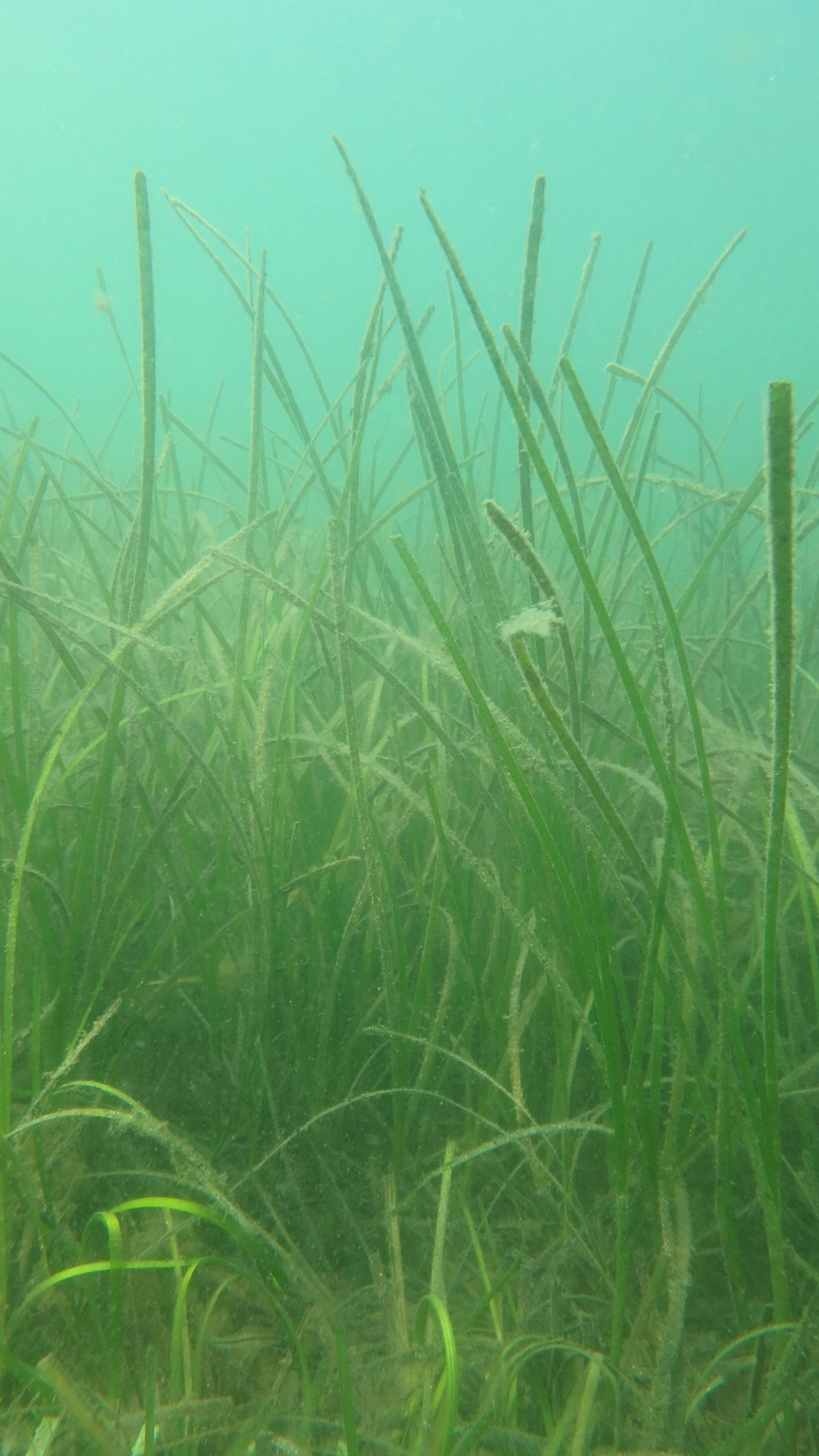
Excess Nutrients Lead to Dramatic Ecosystem Changes in Cape Cod’s Waquoit Bay; The Bay Is a Harbinger for Estuaries Worldwide, Say Researchers
When the Covid-19 pandemic hit in 2020 with associated travel restrictions, Matthew Long thought his students could shift their overseas research projects to instead study the seagrass meadow ecosystem in Waquoit Bay. It’s a shallow, micro-tidal estuary on the south side of Cape Cod in Massachusetts, near the Woods Hole Oceanographic Institution (WHOI) where Long is an associate scientist in the Marine Chemistry and Geochemistry Department.
New research roots out solution to keeping houseplants healthy
Most people own houseplants and eagerly grow them on windowsills and shelves only to be disappointed when they wilt or die – new research has shown that the problem could be that we’re feeding them all wrong and we need to pay attention to the roots outside the soil.
Bering Land Bridge formed surprisingly late during last ice age
A new study shows that the Bering Land Bridge, the strip of land that once connected Asia to Alaska, emerged far later during the last ice age than previously thought.
Air pollution high at US public schools with kids from marginalized groups
Race- and ethnicity-based discrepancies in exposure to air pollution, especially regarding proximity to roadways and industrial zones, are well-established. A new study reports the first nationwide patterns in atmospheric fine particulate pollution and nitrogen dioxide exposure at U.S. public schools.
As Winters Warm, Nutrient Pollution Threatens 40% of U.S.
Scientists are ringing alarm bells about a significant new threat to U.S. water quality: as winters warm due to climate change, they are unleashing large amounts of nutrient pollution into lakes, rivers, and streams.
The first-of-its-kind national study finds that previously frozen winter nutrient pollution—unlocked by rising winter temperatures and rainfall—is putting water quality at risk in 40% of the contiguous U.S., including over 40 states.
Nitrogen Inputs in the Ancient Ocean
Nitrogen is vital for all forms of life¬: It is part of proteins, nucleic acids and other cell structures.
Measuring nitrogen in green manures
Finding ways to determine nitrogen levels will help breeders help farmers
Tile drainage impacts yield and nitrogen
Draining waterlogged farm fields helps crops but can leach nitrogen into waterways. A three-decade-long experiment is helping farmers strike the right balance.
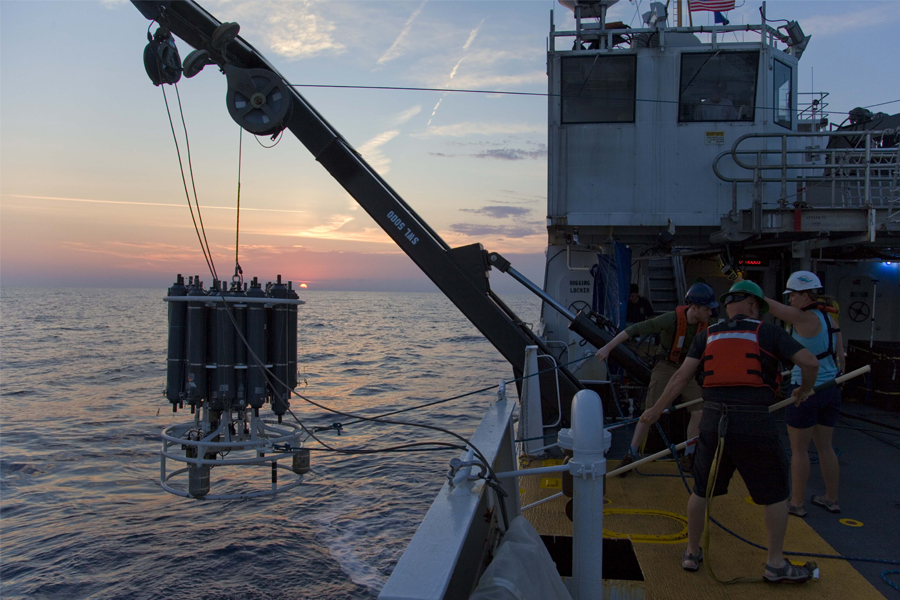
FSU researchers find most nitrogen in Gulf of Mexico comes from coastal waters
Almost all of the nitrogen that fertilizes life in the open ocean of the Gulf of Mexico is carried into the gulf from shallower coastal areas, researchers from Florida State University found.
Bioreactors chip away at nitrogen pollution
A recent study shows bioreactors effectively remove nitrogen over time
Surge in Nitrogen Has Turned Sargassum into the World’s Largest Harmful Algal Bloom
Scientists have discovered dramatic changes in the chemistry and composition of Sargassum, floating brown seaweed, transforming this vibrant living organism into a toxic “dead zone.” Results suggest that increased nitrogen availability from natural and anthropogenic sources, including sewage, is supporting blooms of Sargassum and turning a critical nursery habitat into harmful algal blooms with catastrophic impacts on coastal ecosystems, economies, and human health. Globally, harmful algal blooms are related to increased nutrient pollution.
Tracking Nitrate in Farm Fields
Nitrogen is essential for crops, but when it gets into the water supply, it spells big trouble. Scientists are trying to help farmers strike the right balance by measuring their fields.

Scientist Receives TAF Award for a Nitrogen Sensor Technology to Advance Septic Systems
Qingzhi Zhu, PhD, Associate Professor in the School of Marine and Atmospheric Sciences (SoMAS) at Stony Brook University, has received a SUNY Technology Accelerator Fund (TAF) award for his research to develop a low-cost, high-accuracy nitrogen detecting system for wastewater systems.

Interception mission to confirm ‘Oumuamua, other interstellar objects, in the works
CHICAGO – ‘Ouamuamua, the first observed interstellar object, zipped through our solar system back in October 2017 — and astronomers have been trying to understand it ever since. While some researchers speculated it could be a comet, asteroid, or even…
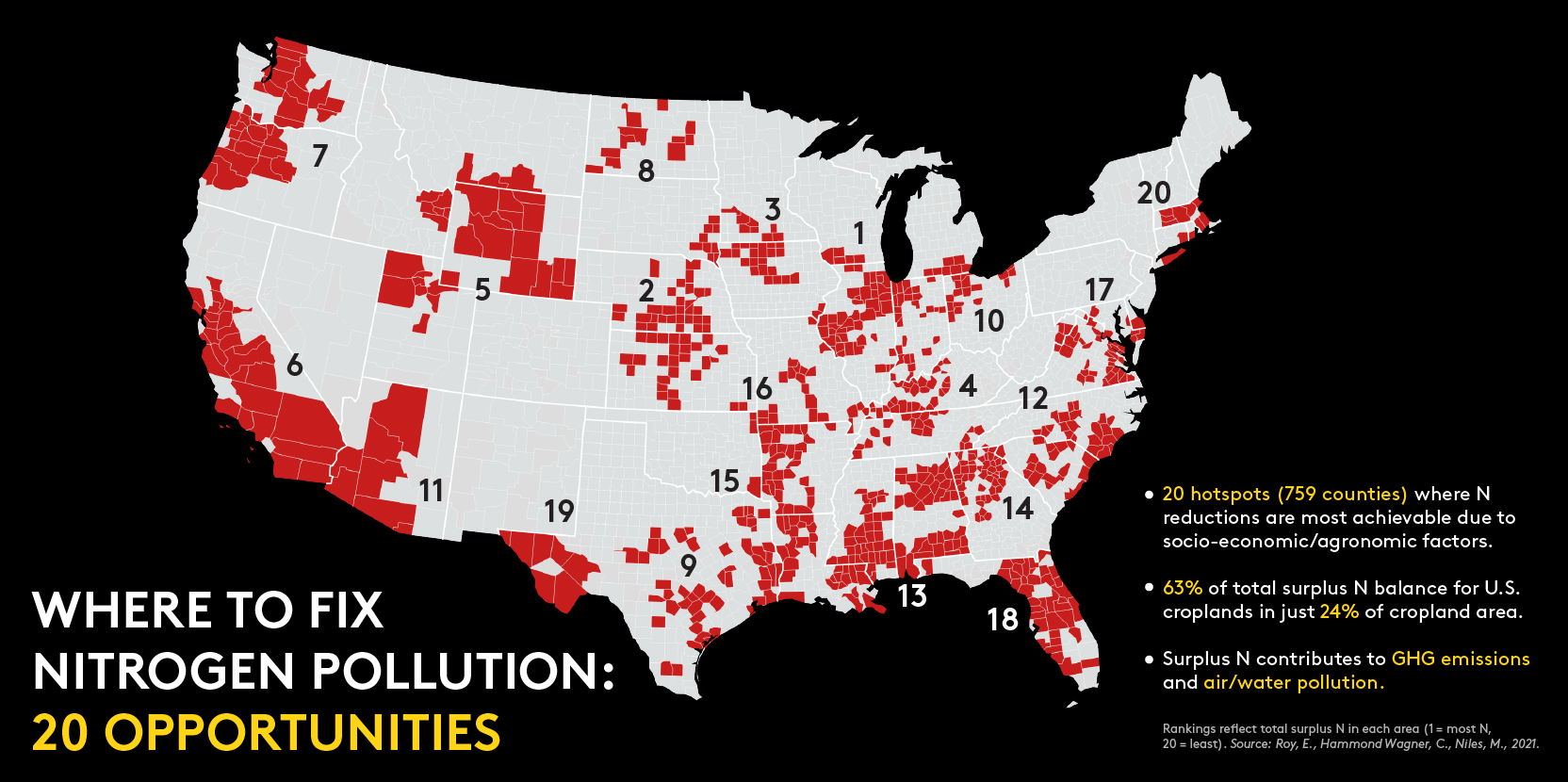
The 20 best places to tackle U.S. farm nitrogen pollution
A pioneering study of U.S nitrogen use in agriculture has identified 20 places across the country where farmers, government, and citizens should target nitrogen reduction efforts.
The 20 nitrogen “hotspots of opportunity”–which appear on a striking map–represent a whopping 63% of the total surplus nitrogen balance in U.S. croplands, but only 24% of U.S. cropland area.
Nitrogen inputs are so high in these areas that farmers can most likely reduce nitrogen use without hurting crop yields.
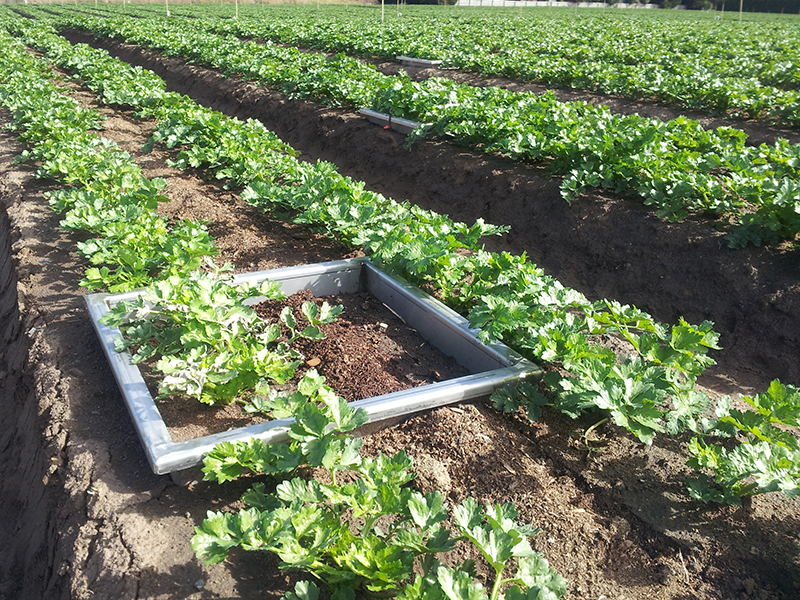
Framework sheds light on nitrogen loss of producing common food items
Differences in nitrogen loss intensity between livestock and crops confirm the need for change.
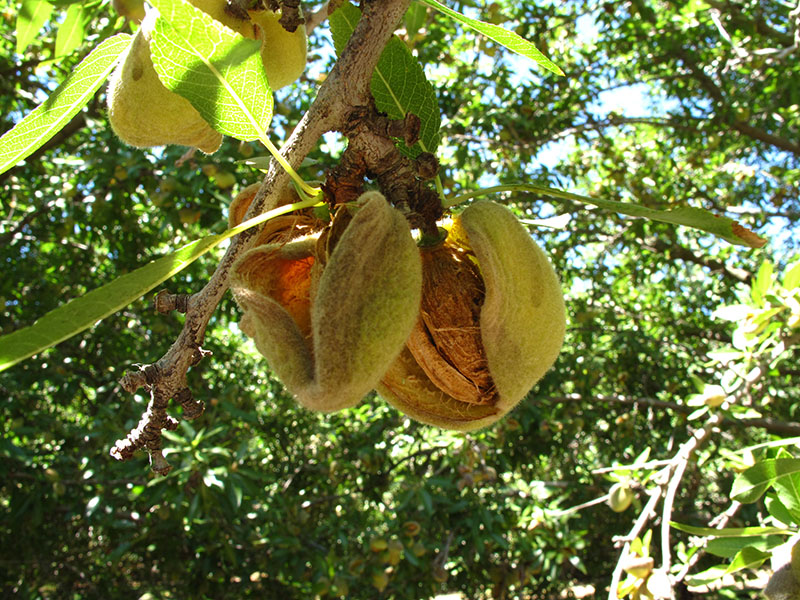
Keeping California a powerhouse of almond production
Research shows nitrogen efficiency and productivity not a tradeoff
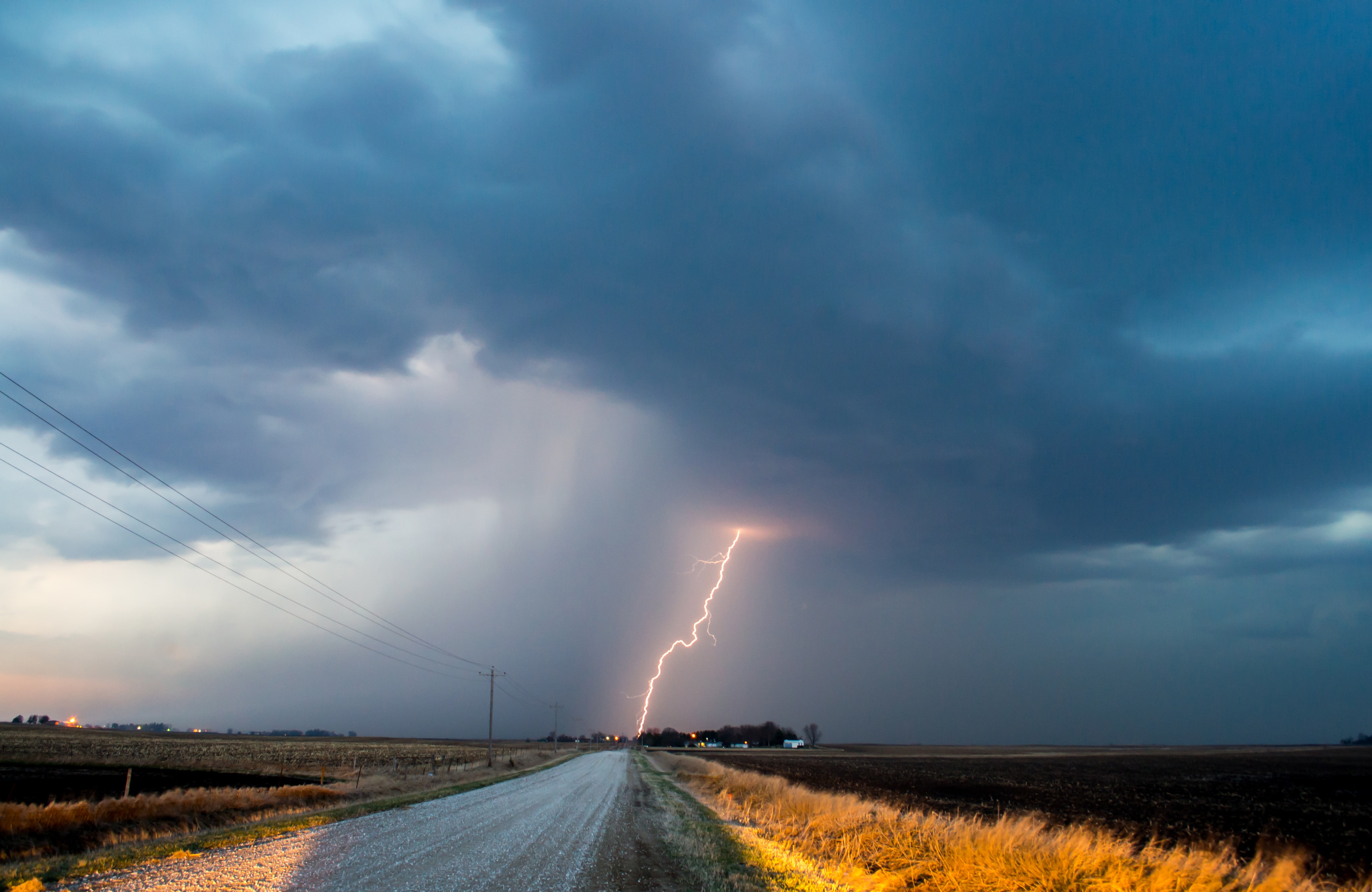
Heavy rainfall drives a third of nitrogen runoff, according to new study
Extreme rain events that occur on nine days a year drive around a third of all nitrogen yields on farmland in the Mississippi River basin, according to a new study. The research could inform how and when farmers apply nitrogen fertilizer to their fields and has environmental implications for the hypoxic zone in the Gulf of Mexico.
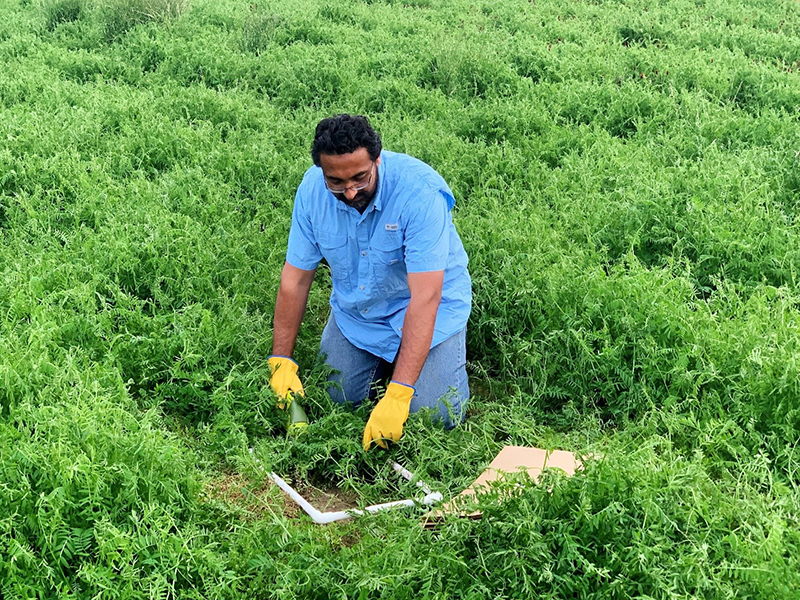
Tillage and cover cropping effects on grain production
Soybean yields decreased when planted after cereal rye

UNH Researchers Find Wildfires Can Alter Arctic Watersheds for 50 Years
Climate change has contributed to the increase in the number of wildfires in the Arctic where it can dramatically shift stream chemistry and potentially harm both ecosystems and humans. Researchers at the University of New Hampshire have found that some aftereffects, like decreased carbon and increased nitrogen, can last up to five decades and could have major implications on vital waterways.
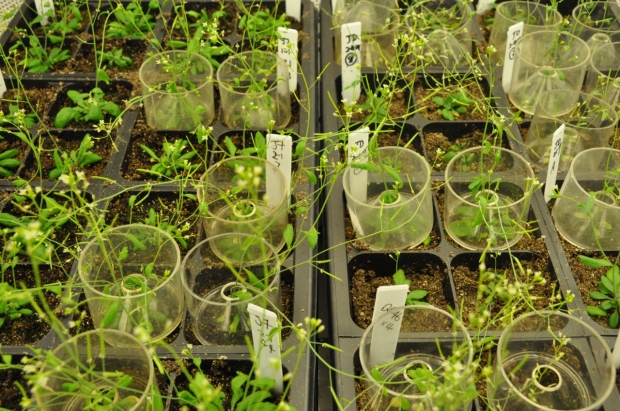
How to Boost Plant Biomass: NYU Biologists Uncover Molecular Link Between Nutrient Availability and Plant Growth Rates
In a new study published in the Proceedings of the National Academy of Sciences (PNAS), plant genomic scientists at New York University’s Center for Genomics & Systems Biology discovered the missing piece in the molecular link between a plant’s perception of the nitrogen dose in its environment and the dose-responsive changes in its biomass.

Erika Hersch-Green Wins CAREER Award for Biodiversity Research
Erika Hersch-Green is studying how increasing amounts of nitrogen and phosphorus in terrestrial ecosystems lead to decreasing biodiversity, not only among plant species, but in herbivores and pollinators as well.
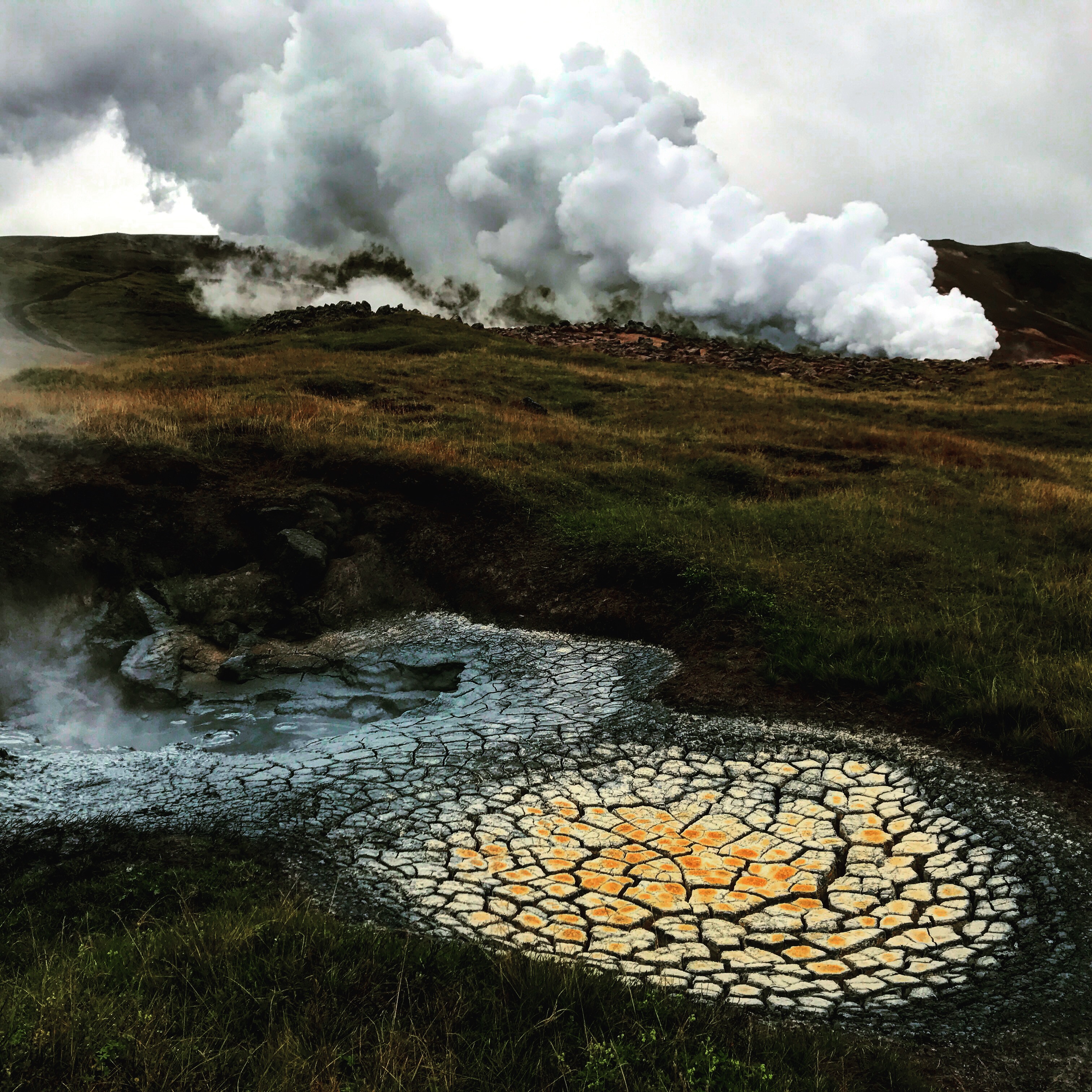
New geochemical tool reveals origin of Earth’s nitrogen
Researchers at Woods Hole Oceanographic Institution (WHOI), the University of California Los Angeles (UCLA) and their colleagues used a new geochemical tool to shed light on the origin of nitrogen and other volatile elements on Earth, which may also prove useful as a way to monitor the activity of volcanoes. Their findings were published April 16, 2020, in the journal Nature.
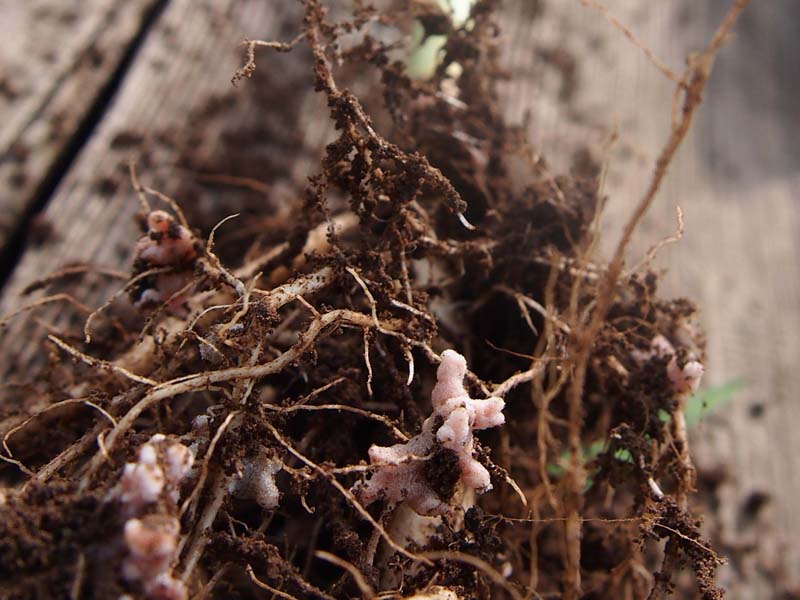
Microbes play important role in soil’s nitrogen cycle
But different microbes have distinct roles to play, and environmental factors influence activity.
Biologists Capture Fleeting Interactions Between Regulatory Proteins and Their Genome-wide Targets
New York University biologists captured highly transient interactions between transcription factors—proteins that control gene expression—and target genes in the genome and showed that these typically missed interactions have important practical implications. In a new study published in Nature Communications, the researchers developed a method to capture transient interactions of NLP7, a master transcription factor involved in nitrogen use in plants, revealing that the majority of a plant’s response to nitrogen is controlled by these short-lived regulatory interactions.
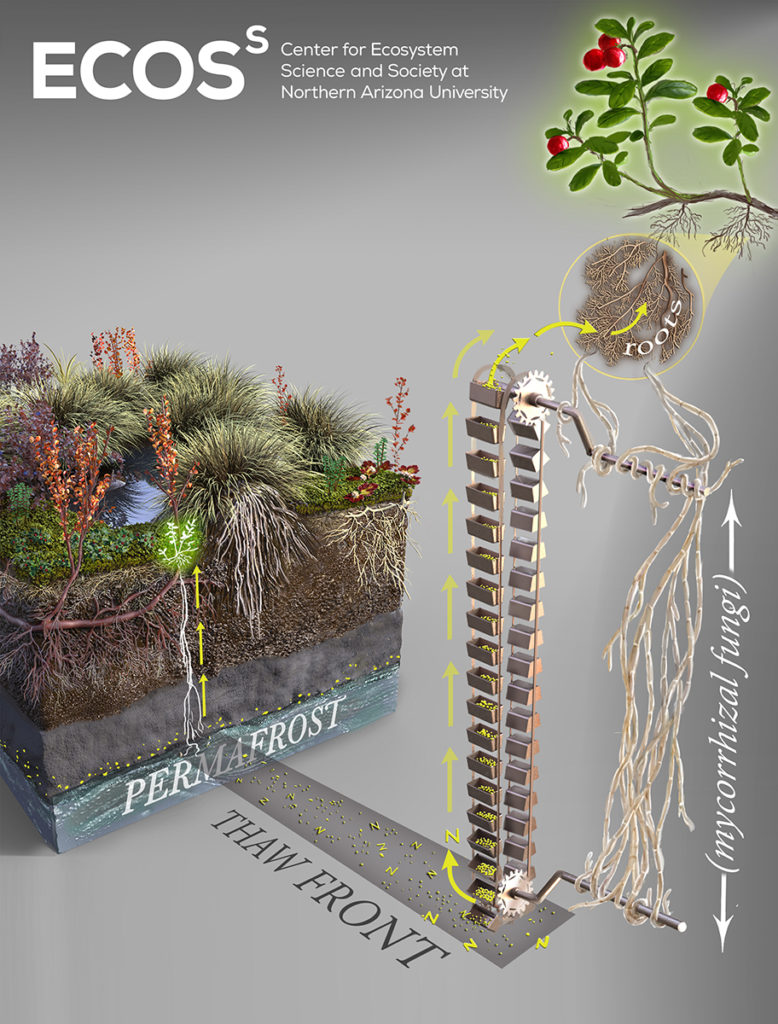
Connector fungi offer new clues to fate of nitrogen in warming tundra
Northern Arizona University professors Rebecca Hewitt and Michelle Mack authored the study, published this week in New Phytologist, which could have implications for researchers and computer models that predict where nitrogen and carbon go at both regional and global levels.